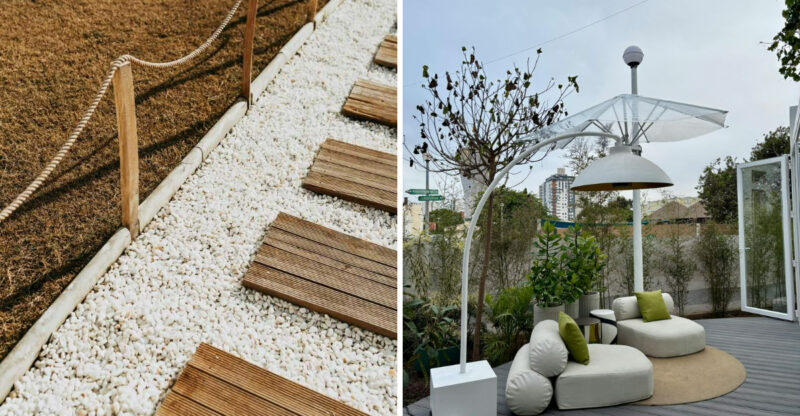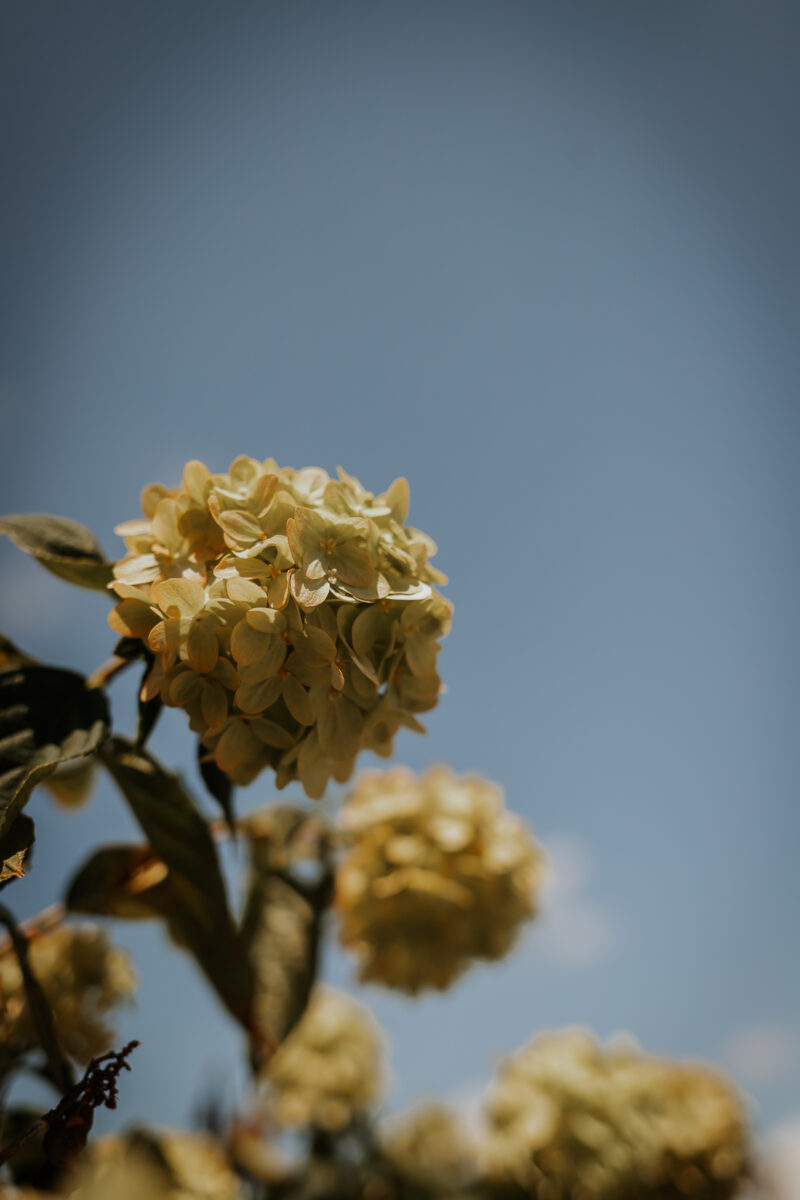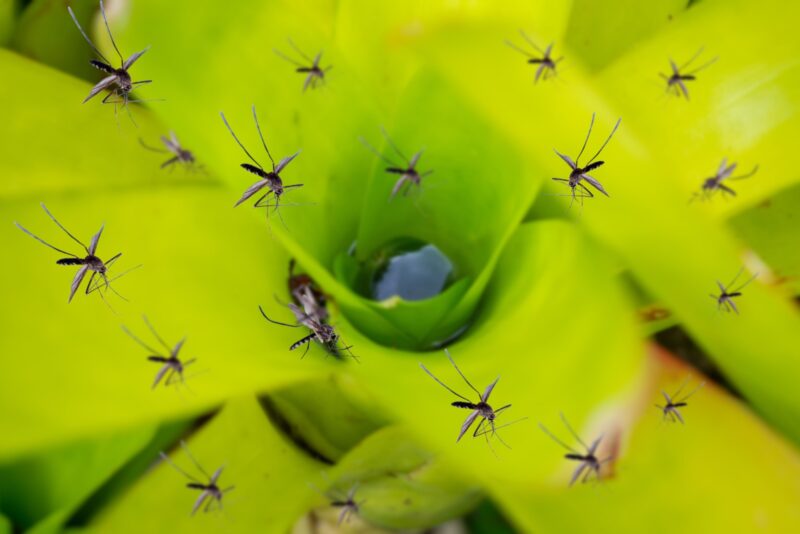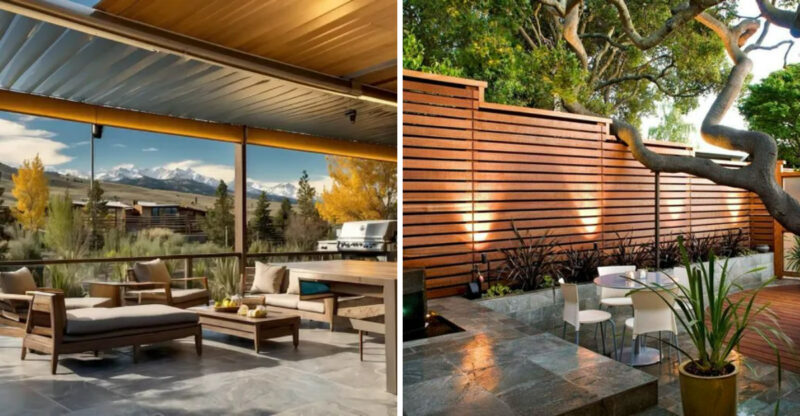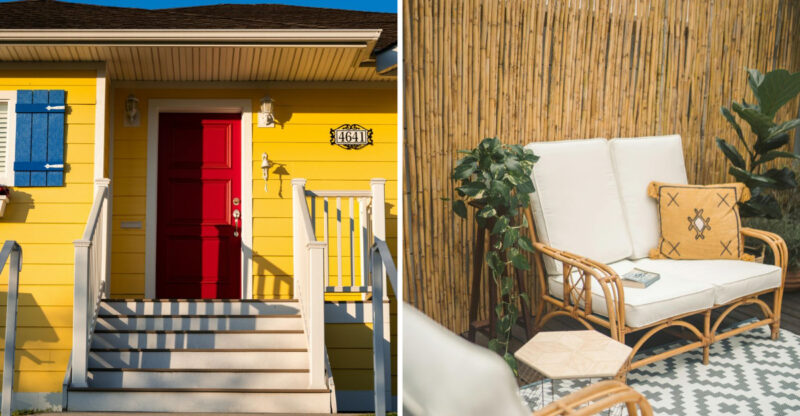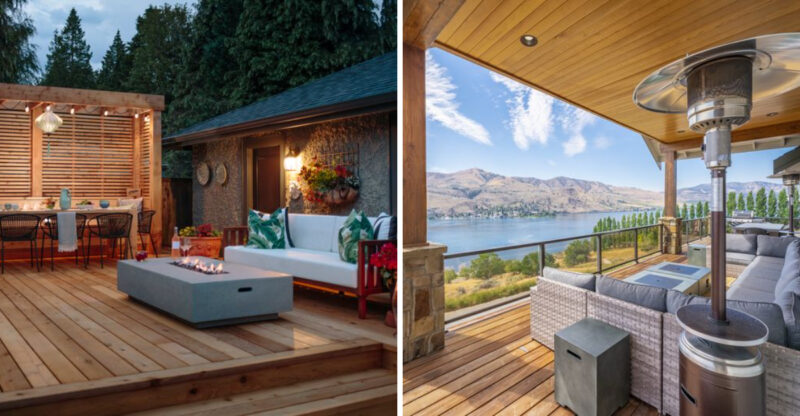Paint Colors That May Be Less Suitable For Exteriors
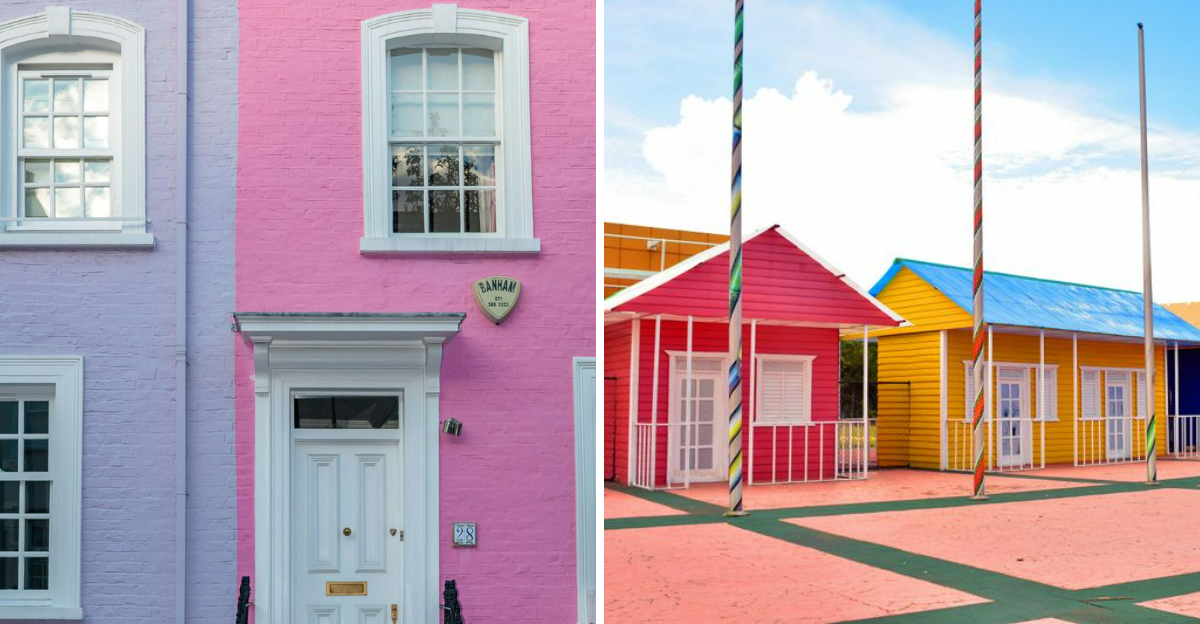
Choosing the right exterior paint color is about more than personal preference. A poorly chosen shade can fade fast, stand out awkwardly in the neighborhood, or even make a house appear smaller. While no color is completely off-limits, some options are more challenging than others.
Here’s a look at paint colors that may not work as well for your home’s exterior. The information in this article is general guidance, final results can vary depending on climate, paint quality, and surrounding environment.
1. Vibrant Neon Shades
Ever noticed how those eye-popping neon colors look amazing on sneakers but overwhelming on buildings? Bright neon yellows, pinks, and greens might seem fun initially, but they fade dramatically under constant sun exposure.
Your once-vibrant home could look patchy and worn within a few years. These intense colors also tend to clash with natural surroundings and can even violate neighborhood codes in many areas.
Instead of going full neon, consider using these bold colors as accents on doors or trim while choosing a more subdued main color.
2. Pure Brilliant White
Contrary to popular belief, stark white isn’t always the safest exterior choice. Pure brilliant white creates extreme glare in sunny climates, making your home uncomfortable to look at directly.
Maintenance becomes a constant battle as every speck of dirt, water stain, and mildew shows dramatically against the pristine background. The harsh contrast can also make architectural details disappear in bright light.
Softer off-whites or creamy tones provide the clean look you want without the high-maintenance drawbacks of pure white.
3. Dark Black Paint
Black exteriors have gained popularity in modern architecture, but they come with significant practical challenges. These dark surfaces absorb tremendous heat, potentially raising your cooling costs and causing premature paint failure through expansion and contraction.
Black shows every imperfection in your siding and attracts insects like wasps that prefer dark-colored nesting spots. The dramatic color can also make your home appear smaller and more imposing from the street.
If you love the look, consider charcoal gray or navy blue as alternatives with fewer drawbacks.
4. Trendy Pastel Purple
That gorgeous lavender shade might look perfect on Pinterest, but pastel purples often weather poorly on exteriors. These colors tend to fade unevenly, sometimes taking on a grayish or pinkish cast that wasn’t part of your original vision.
Purple hues can be particularly challenging when selling your home, as they represent strong personal taste that might limit your buyer pool. The color also tends to clash with natural landscaping elements like green lawns and trees.
For purple lovers, consider using this distinctive color on a front door instead of the entire house.
5. Bright Primary Red
Red packs a powerful visual punch that can quickly overwhelm your home’s exterior. This intense color is prone to dramatic fading from UV exposure, often turning pinkish or orangey within just a few years.
Bright reds also visually advance, making your house appear closer to the street than it actually is. This can create proportion problems, especially for larger homes. The bold hue might also conflict with existing elements like brick, stone, or roof colors.
Burgundy, brick red, or barn red offer similar warmth with better longevity and neighborhood compatibility.

